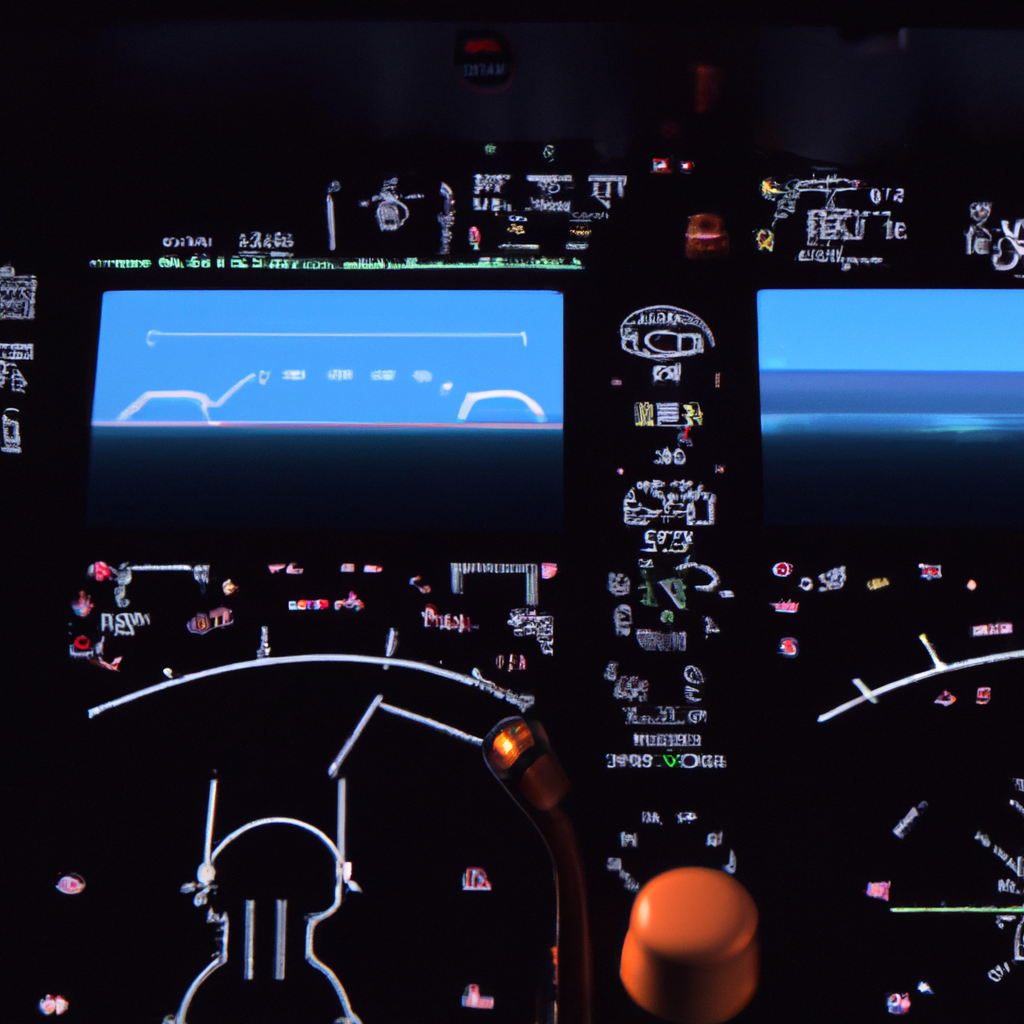An airplane autopilot is a technological system that assists pilots in controlling an aircraft’s motion. This system is designed to reduce pilot workload while improving flight safety. The aviation autopilot technology has evolved over the years, and today’s autopilot systems are highly advanced and efficient. In this article, we will explore how autopilot works in planes and provide a detailed explanation of the autopilot system explained.
How does Autopilot work in Planes?

The autopilot system in a plane is a computer-controlled system that operates the aircraft’s flight controls. The system receives information from various sensors, including GPS, altimeter, and airspeed indicator, to maintain the desired altitude, speed, and heading.
The autopilot system is designed to perform a wide range of tasks, including:
- Controlling the aircraft’s altitude
- Maintaining a steady airspeed
- Controlling the aircraft’s heading
- Following a pre-programmed flight plan
- Engaging in automated landing and takeoff
How Autopilot Works in Planes
The autopilot system in a plane works by controlling the aircraft’s flight controls. The system receives information from various sensors, including GPS, altimeter, and airspeed indicator, to maintain the desired altitude, speed, and heading.
The autopilot system is divided into two main parts: the flight control system and the autopilot computer. The flight control system is responsible for controlling the aircraft’s flight surfaces, including the ailerons, elevator, and rudder. The autopilot computer is responsible for processing the information from the sensors and controlling the flight control system.
When the autopilot system is engaged, the pilot sets the desired altitude, speed, and heading. The system then uses the information from the sensors to maintain the desired flight parameters. The system makes small adjustments to the flight control surfaces to maintain the aircraft’s stability and course.
The autopilot system is designed to operate in different modes. The most common mode is the altitude hold mode, where the system maintains the aircraft’s altitude. The system also has a speed hold mode, where it maintains a steady airspeed. The heading hold mode is used to maintain the aircraft’s heading.
The Benefits of Autopilot System
The autopilot system offers several benefits, including:
- Reduced Pilot Workload: The autopilot system reduces the pilot workload, allowing them to focus on other critical tasks, such as communication with air traffic control, monitoring the aircraft’s systems, and other flight-related tasks.
- Improved Flight Safety: The autopilot system improves flight safety by reducing the risk of human error. The system is designed to make small adjustments to the aircraft’s flight controls, ensuring that the aircraft remains stable and on course.
- Increased Efficiency: The autopilot system can fly the aircraft more efficiently than a human pilot. The system is programmed to fly the aircraft in the most fuel-efficient manner, reducing fuel consumption and costs.
Conclusion
In conclusion, the autopilot system is an essential technology in modern aviation. The system is designed to assist pilots in controlling the aircraft’s flight controls, reducing pilot workload while improving flight safety. The system uses information from various sensors to maintain the aircraft’s desired altitude, speed, and heading. The benefits of the autopilot system include reduced pilot workload, improved flight safety, and increased efficiency. The aviation autopilot technology has come a long way, and today’s autopilot systems are highly advanced and efficient.






